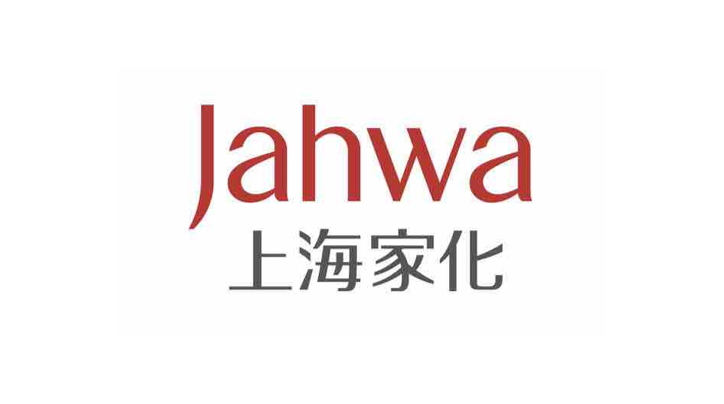A significant news broke out in the RFID industry early in 2022. Walmart, the world's leading retailer, revealed its plan to expand the use of RFID from retail clothing to other retail departments. Walmart required suppliers of new projects to place second-generation UHF RFID tags with a frequency of 902-928 MHz on all products delivered to Walmart.
Household Department - Kitchen and catering, home decoration, bathrooms and showers, bedding, furniture and luggage, wardrobe
Entertainment Department - Toys, electronics, wireless
Light Industrial Products Department - Sporting goods, car tires, and batteries
According to Walmart, it began adopting UHF RFID tags in its retail clothing industry in 2020. Since then, inventory management has been significantly improved, leading to a better in-store shopping experience for customers, increased customer repurchase rates, and ultimately higher sales potential. This is the primary reason why Walmart is expanding its RFID deployment to other categories.
In recent years, the use of UHF RFID in the retail industry of footwear and clothing has surged. According to IDTechEx, a market research company that has monitored RFID for over 20 years, more than 70% of UHF RFID tags were used in these two sub-sectors last year. In terms of tag quantity and market value, the UHF RFID business in retail clothing and footwear labels remains the largest UHF RFID market and will continue to be so for the next decade, as evidenced by corporate financial reports. Raghu Das, CEO of IDTechEx, said that given the remarkable effects of UHF RFID in the retail clothing and footwear label market, many leading companies we interviewed are now considering applying this successful project to their respective business areas.
Currently, Walmart's announcement is bound to accelerate the implementation of UHF RFID in other retail areas, inevitably prompting other retailers to follow suit.
Despite the bright prospects of RFID in the retail industry, one issue that must be addressed is that the UHF reader-writer network is not ubiquitous as it is primarily used by enterprises rather than consumers. Only when the cost of UHF reader-writers gradually decreases, will it be possible for them to be integrated into consumer smartphones, similar to the ubiquitous use of NFC.
According to IDTechEx, as the infrastructure for reader-writers becomes increasingly complete, the use of RFID will further accelerate the retail quality in clothing, footwear, and other retail areas, including inventory management, increased customer engagement, and advertising advantages. Even though using RFID will add additional costs to products, these costs are controllable and reasonable.
Article Source: RFID 世界网

















